Frequently Asked Questions
1. What is the historical significance of knives?
2. How did knife making evolve during the Bronze Age?
3. What distinguishes Japanese knives from others?
4. What factors should I consider when choosing a chef knife?
5. How can I maintain my chef knives?
Knives have been an essential tool for humanity since prehistoric times, evolving from simple cutting instruments to beautifully crafted pieces of art in modern kitchens. The history of knives is rich and varied, reflecting the advancements in technology, changes in society, and evolving culinary practices. In this article, we will explore the fascinating journey of knives, particularly focusing on Chef Knives & Sets, their transformations, and their significance in both utility and artistry.
The Origins of Knives
Knives date back to the Stone Age, when early humans used shards of flint and obsidian to create sharp edges for hunting and food preparation. These primitive tools were crucial for survival, allowing our ancestors to butcher animals and prepare plants. As humans learned to forge metal, the knife evolved significantly.
The Bronze Age Revolution
With the advent of bronze technology around 3300 BCE, knives began to take on a more defined shape, and craftsmanship improved. The introduction of metal not only raised the sharpness of the blades but also enhanced durability. The refined edges allowed for better slicing, making them indispensable in the kitchen. This era laid the groundwork for the development of Chef Knives & Sets that we see today.
The Influence of Different Cultures
As civilizations developed, so did their unique styles of knives. Various cultures contributed to the evolution of knife design, materials, and functionality. Let’s take a closer look at some of them.
The Japanese Craftsmanship
Japan has a long-standing tradition of knife making that dates back over a thousand years. Japanese knives are known for their exquisite craftsmanship, sharpness, and use of high-quality steel. The art of making knives, known as "Tamahagane," often involves traditional methods passed down through generations. Styles like the Santoku and Nakiri exemplify functional yet beautiful knives, becoming essential tools in kitchens worldwide while also being regarded as true works of art.
European Styles and Influences
In Europe, particularly in countries like Germany and France, knife making evolved through industrial advancements. The introduction of manufacturing processes allowed for the production of knives at scale while maintaining quality. Chef Knives & Sets from Switzerland and Germany are renowned for their reliability and precision, catering to chefs who demand performance in their culinary practice.
The Modern Era of Knives
As we transitioned into the 20th century and beyond, the approach to knife making changed yet again. With globalization came the fusion of styles, materials, and designs, creating an exciting landscape for knife enthusiasts and chefs alike. Today, the artistry inherent in knife making combines functionality, aesthetics, and materials science to produce exceptional tools.
The Role of Technology
Modern materials like high-carbon stainless steel, ceramic, and even powdered metallurgy have revolutionized the way knives are crafted. These innovations not only improve performance but also provide consumers with a range of options. The rise of high-performance Chef Knives & Sets has attracted home cooks and professional chefs who appreciate the blend of advanced technology with traditional techniques.
Knives as Art
In recent years, knives have transcended their utilitarian purpose, evolving into collector’s items and art pieces. Knifemakers often showcase their skills through intricate designs, personalized engravings, and unique handles made from exotic materials.
The Knife-Making Community
The community of artisans devoted to producing high-quality knives is vast and varied. Many craftsmen participate in knife shows, exhibitions, and competitions, where they demonstrate their skills and knowledge. This growing community not only celebrates the art of knife making but also fosters learning and appreciation for the craft among enthusiasts.
How to Choose the Right Chef Knife
Selecting the perfect Chef Knives & Sets can be a daunting task, especially with so many options available on the market. Here are some essential tips to guide you in your quest:
- Consider the Material: Look for knives made from high-carbon stainless steel for durability and corrosion resistance.
- Weight and Balance: A knife should feel comfortable in your hand, with a balanced weight that allows for precise control while cutting.
- Blade Design: Different tasks may require specific blade shapes. Choose a knife that suits your cooking style and needs.
- Handle Comfort: The handle material and design should provide a firm grip, ensuring safety and comfort during use.
- Brand Reputation: Opt for reputable brands known for their quality craftsmanship and customer care.
Maintaining Your Chef Knives
To ensure that your Chef Knives & Sets stand the test of time and continue to perform at their best, proper maintenance is vital. Here are some tips for keeping your knives in impeccable condition:
Regular Sharpening
A sharp knife is safer and more effective than a dull one. Invest in a quality sharpening tool or professional service to maintain a keen edge on your blades.
Cleansing Methods
Hand wash your knives with warm, soapy water and dry them immediately. Avoid putting them in the dishwasher, as harsh detergents and heat can damage the blade and handle.
Storage Solutions
Using a knife block, magnetic strip, or protective sleeves can help prevent chips and scratches to both the blades and your countertops. Proper storage ensures that your knives remain in peak condition.
The Future of Knife Making
As materials technology continues to advance and new techniques are developed, the future of knife making looks promising. With more individuals taking an interest in the culinary arts, the demand for quality Chef Knives & Sets is likely to remain strong. We can expect traditional artisanship and modern technology to blend seamlessly, creating knives that are both functional and artistic.
Join the Culinary Revolution
The journey of knives from utility to art is a testament to human ingenuity and creativity. Each knife tells a story, from the hands that shaped it to the kitchen where it serves its purpose. Investing in high-quality Chef Knives & Sets not only enhances your culinary experience but also connects you to the rich history and artistry behind these essential tools. As you explore your culinary creativity, remember that your choice of knife is about more than just functionality—it’s about embracing art.









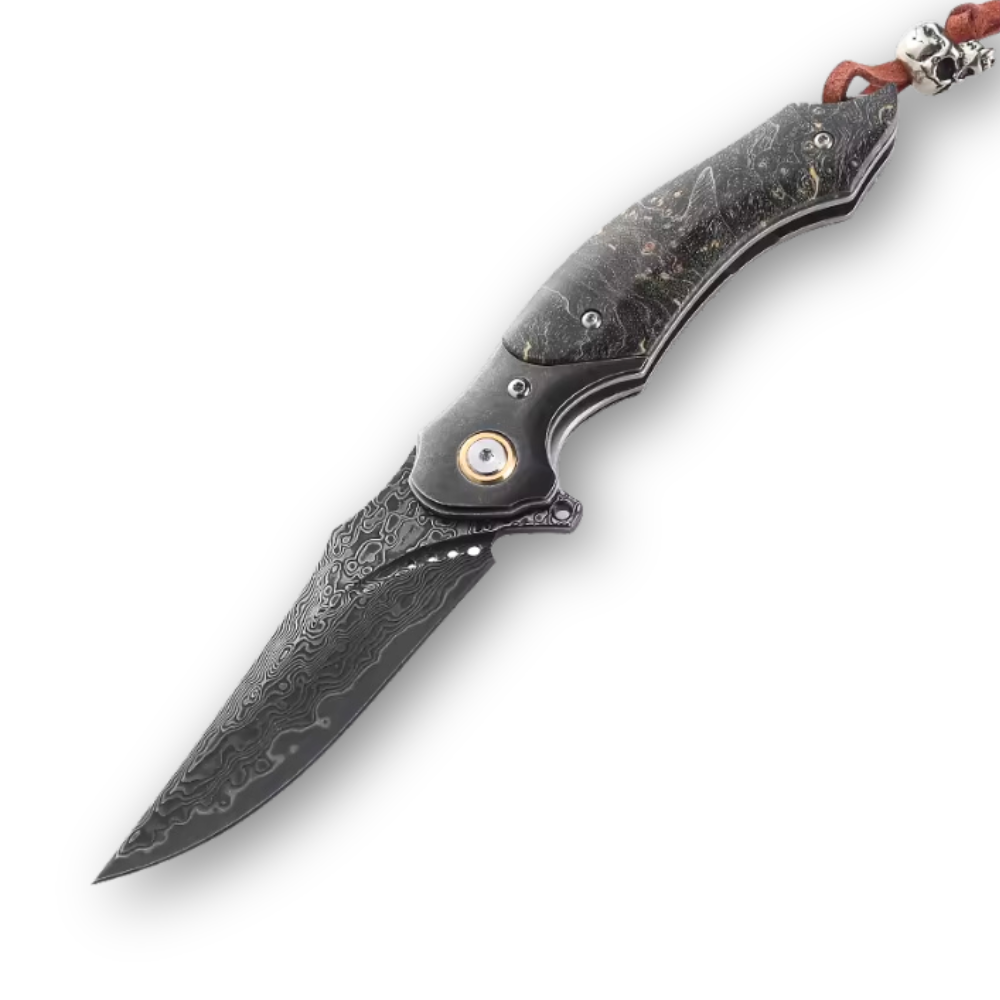










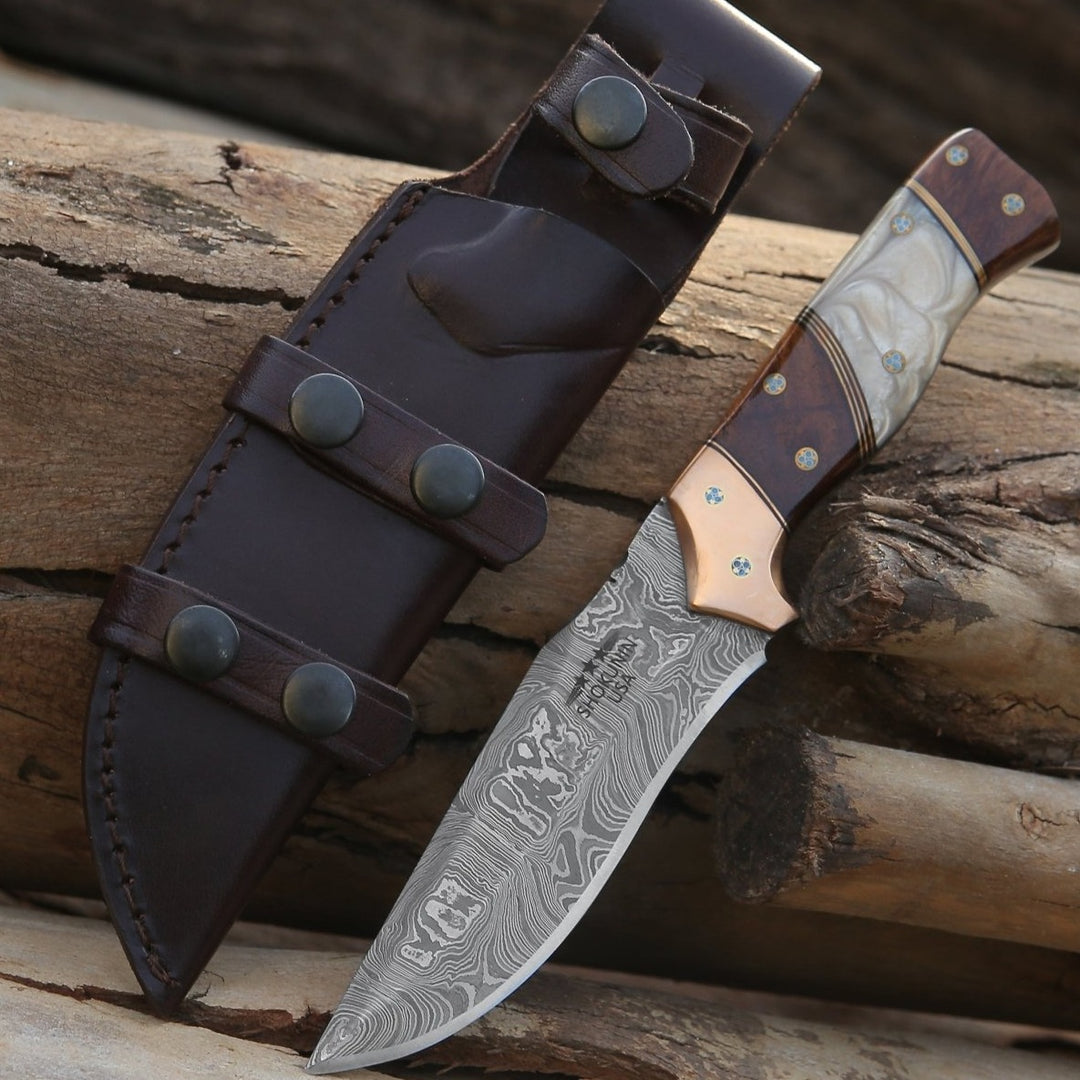
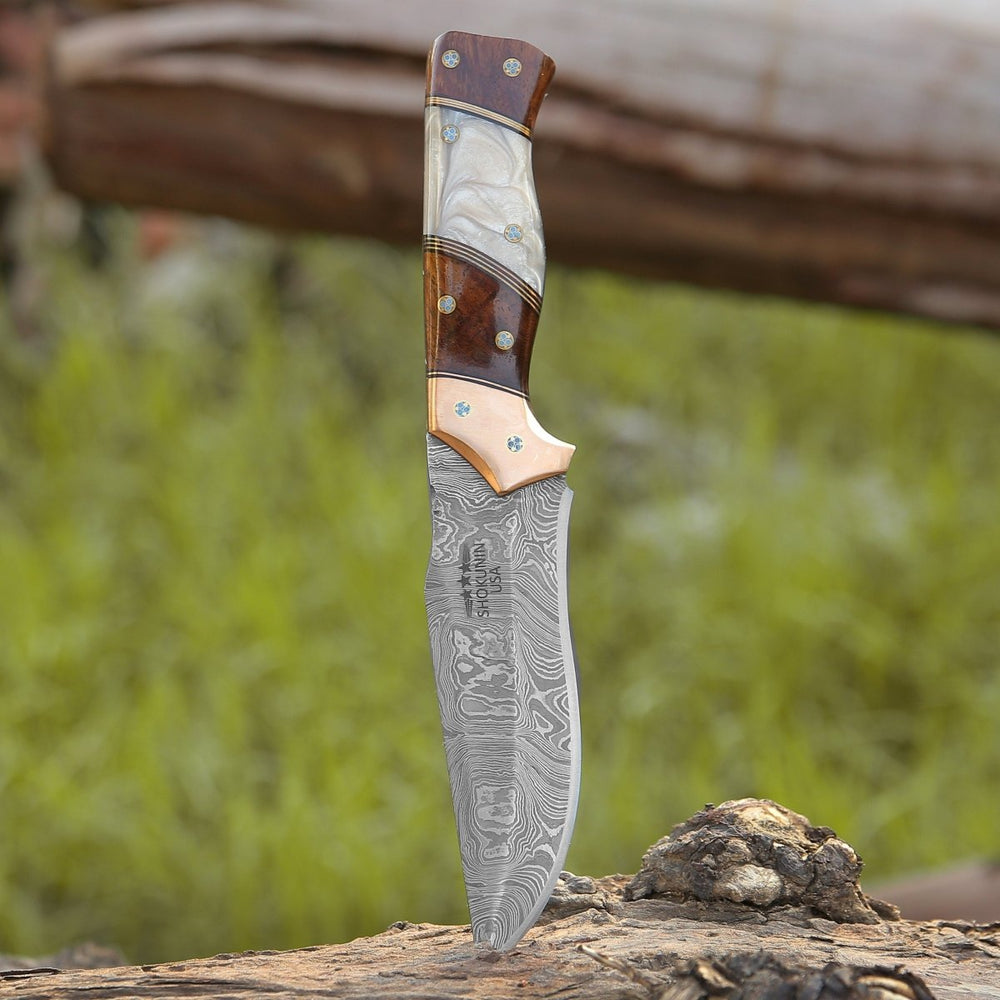


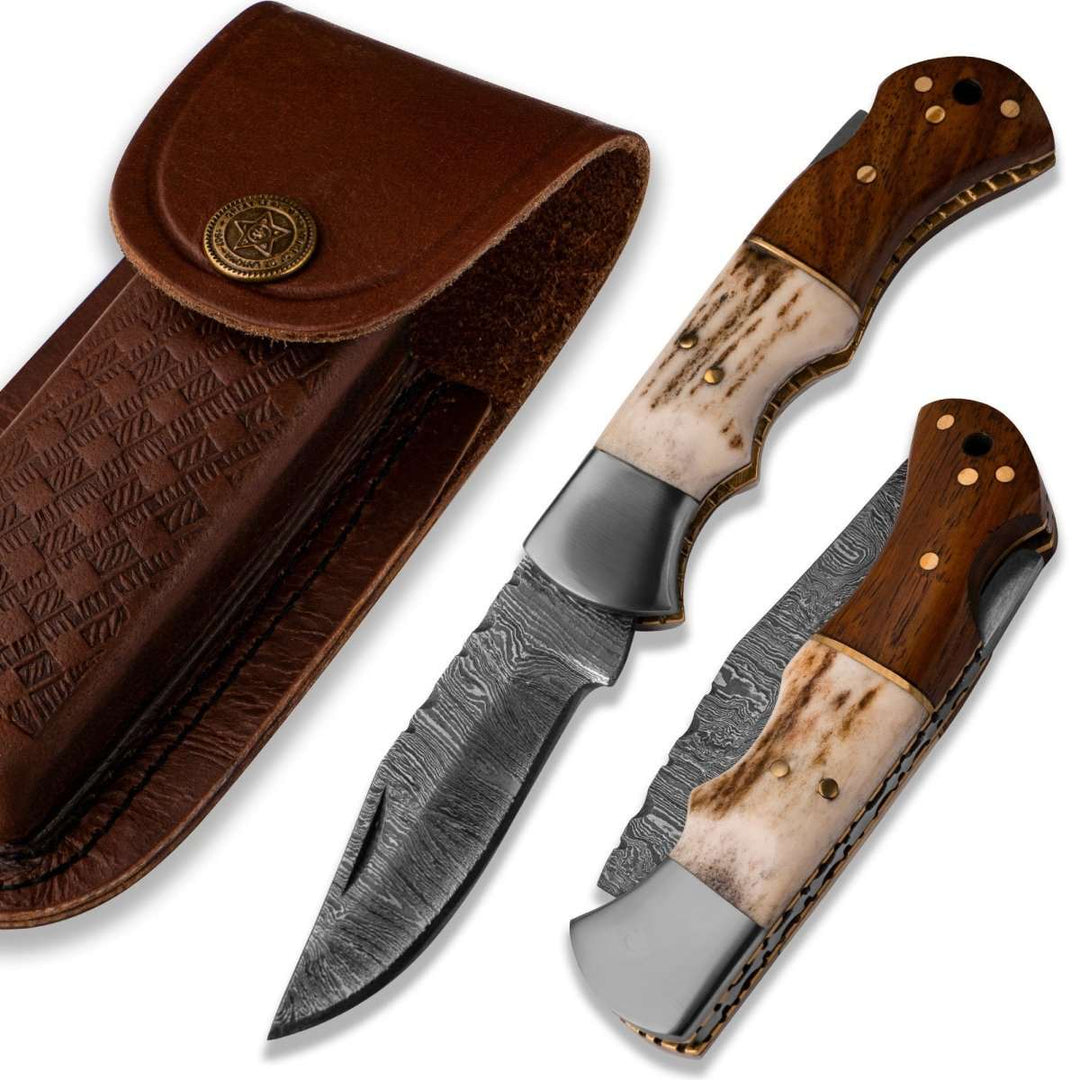
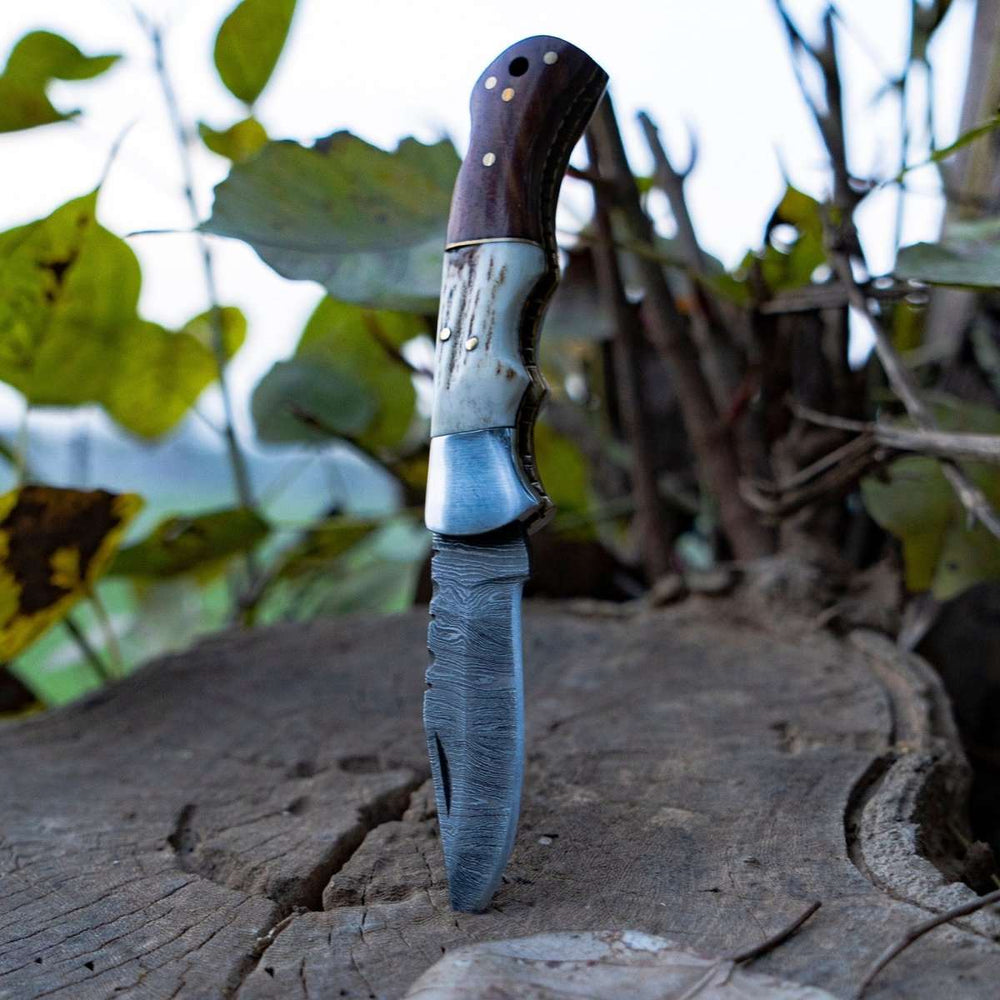




Hinterlassen Sie einen Kommentar